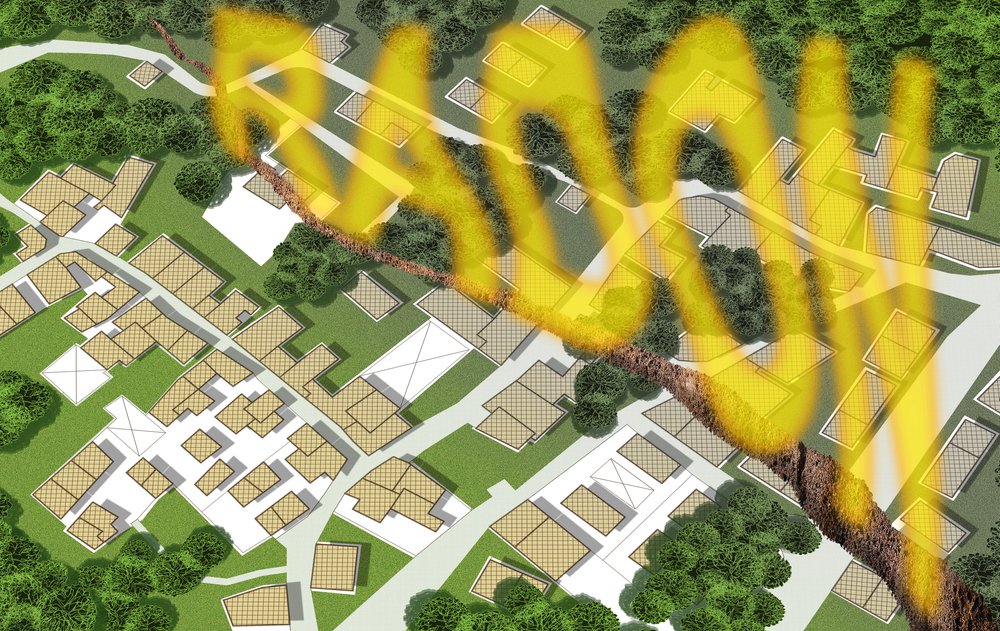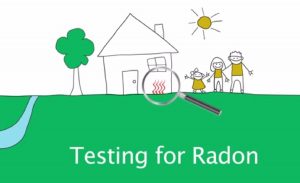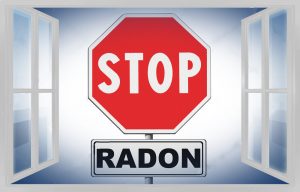Whether you have heard about the dangers of Radon gas or not, the problem still exists. Radon is prevalent all around us and could even be making your home unsafe to live in. For someone who doesn’t know what radon is, this would come as a shock. How could something be killing you without you even realizing it? What is radon mitigation? And is there anything you can do to prevent this from happening?
Well, we are going to be answering some of the most asked radon mitigation questions below. With Radon Awareness Month fast approaching (January), these answers should prepare you on what your next steps should be.
The Top Radon Mitigation Questions
1. Where does radon come from and when should I be concerned?
Before you start finding a solution to the problem, the best course of action is to always know what the problem is first. If you don’t understand the problem, you may not even know if the solution worked! So, let’s start with what radon gas is.
Radon is a radioactive gas that is formed in the ground beneath us and it is odorless, colorless, and tasteless. We cannot stop this production as it is a natural process. It is created when radioactive metals disintegrate among the rocks and soil deep underground. This gas then seeps upwards into the atmosphere and into buildings through tiny cracks.
The gas is not dangerous outdoors because it cannot accumulate and is mixed with other elements. The real danger is when the gas starts to fill up areas around your home. Long-term exposure to the gas (5 years or more) can eventually lead to a diagnosis of lung cancer.
So, when should you be concerned? Well, if you have been living in a home for longer than 2 years then you should get it checked as soon as possible. If you are moving into a new home, then you should check if a radon test has been carried out. A year or more is sufficient time for the gas to accumulate and begin spreading through the home. If the test comes back with a value over 3 pCi/L, you need to take radon mitigation measures immediately.
2. How do I determine if radon levels are high at home?
There are two ways to test for radon gas:
Test it yourself
You can purchase a radon testing kit from a local retailer and do the test yourself. This will give you a basic idea of radon levels at home. However, this is not as safe as you may not know exactly what to look for.
Contact a professional radon mitigation company
Hiring a certified technician to visit your home and carry out the test is the safest method. They know the signs to look for and can take all the necessary tests to determine whether it is safe to live.
3. What are the first steps to start mitigating radon?
If you have carried out the radon test yourself and identified that there is high radon exposure, you cannot move forward yourself. You will need the help of a professional company like Atlantic Radon to take the necessary steps.
Each building will have different requirements that will be determined by your radon technician. For example, would they need to lower radon levels first or install a system to stop more radon from entering the home?
It is up to you to choose the best radon mitigation company in your local area. This way you can ensure that the service you are getting is up to standard. You can also be reassured that the device they are installing is of high quality. You wouldn’t want these devices breaking down a couple of months after installation.
4. How do I make sure my radon mitigation system is working properly?
Once the system has been installed, you shouldn’t immediately forget the dangers of radon. You should still take some precautionary methods to ensure that you are not endangering your health. You can do this by:
- Have your home tested every one to two years to ensure the radon levels are staying low
- Check your radon system’s warning device regularly to identify any potential problems
- Setting a maintenance schedule with the company every year
5. Why must radon gas be vented from the roof rather than from the ground?
Radon is a dense gas. It is actually over 7 times heavier than air. Therefore, when you try to discharge the gas from lower levels, the potential for re-entry is quite high. This is quite dangerous as the concentration of radon at the discharge point is very high (tens of thousands of pCi/L per minute).
When radon is discharged from the roof, this concentration is drastically reduced as the gas is not as affected by air pressure. This makes it a much safer method of expelling radon from your home.




